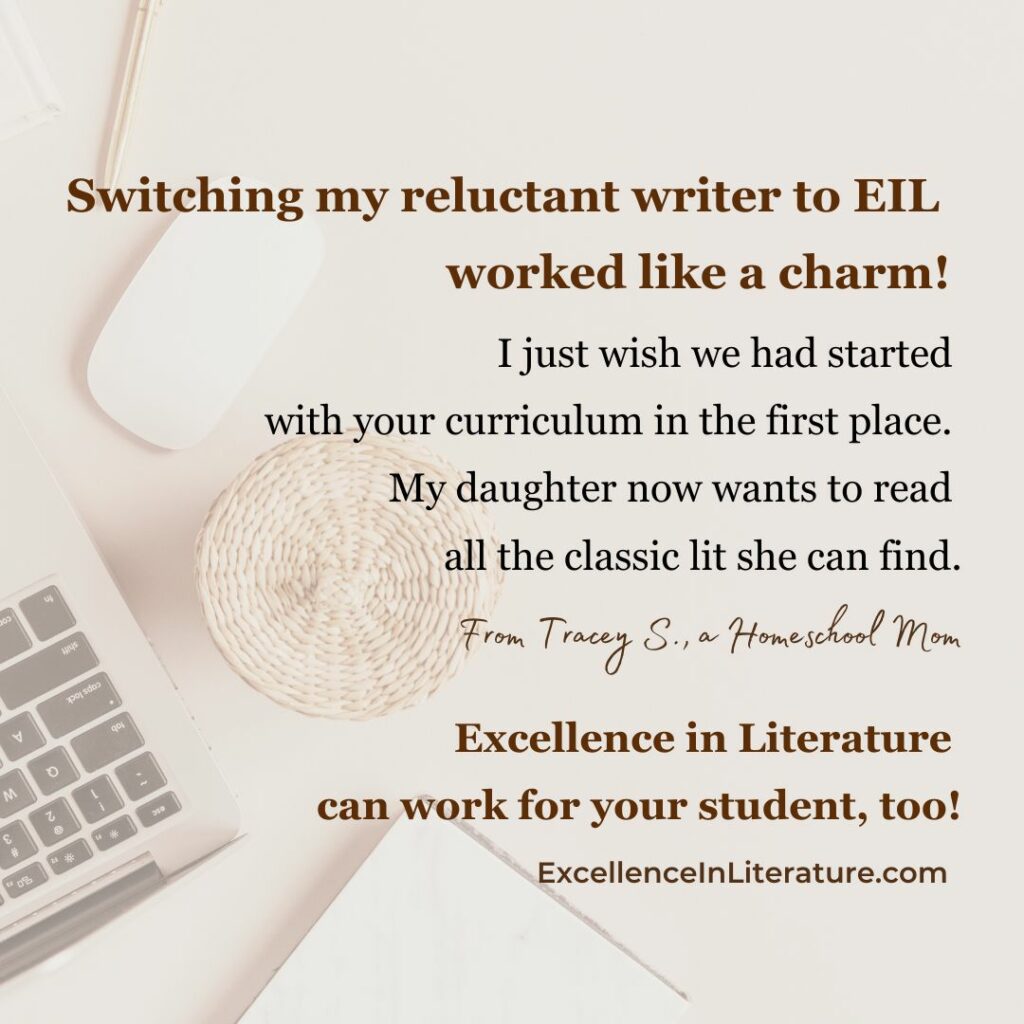How to Create a Learning Lifestyle
Summer is coming soon, and although formal class time may end for some homeschoolers, it’s easy to keep minds active if you create a learning lifestyle. This is a wonderful season to tackle outdoor projects and learn practical skills, as well as have free time to read and contemplate. Downtime is important for many reasons (a Sabbath wouldn’t have been part of the law if resting wasn’t a good thing), so I hope you’ll be able to enjoy a great deal of unstructured time.
If you do want to incorporate some learning activities into your summer, here are a few ideas from our homeschool years:
Weave learning throughout the day, rather than having a single concentrated learning session. We listened to Lyrical Life Science, grammar, Spanish, and other song tapes over lunch or while fixing dinner, read great books after lunch and at bedtime, listened to classical music or audiobooks while cleaning house or riding in the car, looked at fine art and practiced drawing or painting on rainy days, and generally made educational activities a natural, enjoyable part of life together.
If it’s there, they will use it
Instead of trying to make everything a class, we found that if art materials, building supplies, books on all subjects, musical instruments, and all kinds of hand tools were available, they would usually be used. Not during the scheduled school day, and not always together, but someone would eventually settle down with the French-language Tin-Tin books, or get out the knot-tying or woodcarving kits and try something new.
We read Macbeth together when the power went out and a storm howled around the eaves, and kept sketch journals when we traveled. We never did the entire geography curriculum in order, but it was a fascinating supplement whenever we needed more information.
You are the first learning model your children will see
Beyond this, you will be the first and most influential learning model your student will see. If you approach new projects and concepts with curiosity, humility, and a positive attitude, your children are likely to respond similarly. It is important that they see you actively pursue topics that interest you, because there are no greater catalysts for learning than curiosity, interest, and wonder.
You can study anything from beekeeping to flower arranging, homeopathy to home business, medieval calligraphy to organic gardening—as long as you’re interested in it, it is worth studying. When your children see how you approach a topic and begin to unravel it, they will begin to understand how to learn.
A lifestyle of learning means that resources are available when the time, interest, and circumstances are right. It means that curiosity is honored, questions are welcomed, and the fruit of the Spirit is practiced daily. When students find that it’s safe to explore a new subject without suddenly being assigned an entire unit study on the topic (I’ve heard of that happening!), they will be much more likely to embrace the learning lifestyle and learn on their own.



















Thank you. This post was very inspiring. Recently heard about the Harding family and I think there’s something akin: http://foxnewsinsider.com/2013/05/24/harding-family-sends-6-kids-college-age-12